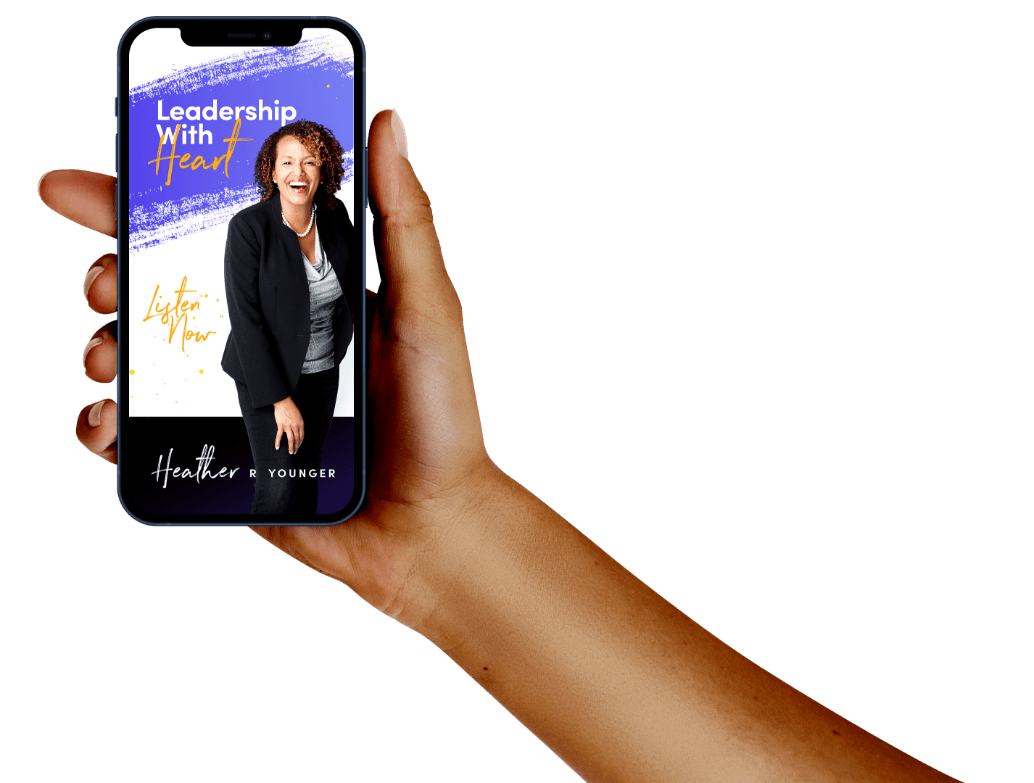I remember working with my first large consulting client and helping them establish a culture team.
They were really focusing on making sure their employees felt heard and achieve employee buy-in.
While they were already administering and evaluating employee engagement surveys, they wanted to gain more employee and leadership buy-in in more positive culture change.
At first, the culture team members were a little stiff, distant, and hesitant. We would meet about once every two weeks, then we moved to only once a month, then once every quarter.
I could see the excitement increase and the bonds increase. I could see them opening their minds to other possibilities, bringing forth unique ideas.
Once they saw the senior leaders accept the changes and requests with the input that they were putting in, the buy in continued to increase.
It turned out to be a very successful venture. I personally facilitated that culture team for a couple years, and then they put internal leadership in place to help them continue their journey.
When organizations are looking at embarking on any type of change, whether it be mergers, technology adoption, reorganizations and so on, culture teams can be the secret ingredient to ensure the success of any initiative.
Why?
Because in most organizational cultures, employees lack the real voice into what any purported change can look like. They see themselves and are treated like cogs in a wheel to achieve outcomes without the agency to contribute ideas or counter-opinions.
If you are thinking about creating a culture team, below are some things to think about in advance:
Who should be on the culture team and for how long?
The teams should not be restricted to just the leaders within the organization, but it should be open to every employee. To cultivate more of a culture of listening, you need to be inclusive of employees at all levels regardless of seniority. It makes a lot of sense to ask for nominations from department heads and other influencers inside the organization. Be cautious about including the same people who are always leading projects and other committees.
Let us keep in mind that having the same members on the team for a long period of time is not ideal. This is because this limits the opportunities for more employees to get involved, to have a voice. The more we include, the more buy-in and excitement we see from employees That is why, it makes more sense to allow some team members to remain and others to rotate off the team. Create a charter to help with this.
Should you brand your culture team?
Based upon my work with establishing and ensuring the sustainability of culture teams, I think it makes a lot of sense to brand your team. This means voting on a name, logo, tagline and much more. When you do this, you create more excitement by team members, but also help those outside the team associate the team’s efforts and actions with the branding. This connects the perception of the team’s purpose and effectiveness with the outcomes it seeks to achieve.
What should your culture team focus on?
One of the biggest mistakes with any employee group or team is that they start off unclear about what they should be focusing on. If they don’t know what success looks like, they will be floundering. Also, they cannot act as culture ambassadors and champions for change if they don’t know what they should focus on, and which outcomes are valued. Work to establish a clear charter and focus for the culture team before recruiting members to the team. Make sure those who agree to be on the team are clear about their roles too.
How will senior leaders engage with culture team members?
A culture team is only as good as the executive leaders’ validation of the team’s recommendations. If the team doesn't have buy-in from the senior leadership team and all mid-senior level leaders, then it becomes a group of people with a wish and a prayer, but no real ability to improve the culture. Make sure that you elect an executive sponsor who will attend the meetings, advocate to the rest of the executive leaders and remove barriers for the team’s expected outcomes. This senior leader became the chief ambassador for the culture team’s efforts..
Do you have an intent to act?
With any organizational culture initiative, leaders should be listening to the employees on the culture team, and that listening needs to convert to some type of action, or, at least, the intent to act on some of what they find out. The best way to engage employees in the work to be done is to help them understand that they do have a voice in the change that is taking place and then “show” them their voices are significant by acting upon what they recommend.
Imagine working with a team that comes up with imaginative and innovative ideas to get the employee base excited, but none of the ideas ever come to life, because it’s never supported by leaders. How demotivating would that be? Have an intent to act and act and see engagement and excitement expand.
How will you communicate the outcomes of the culture team’s efforts?
Let’s assume that the culture team has worked harmoniously to come up with a great plan to increase employee happiness and engagement, and now it’s time to act. The leaders agree on the course of action and then many different improvements happen. The big problem? No one really knows where all the positive change came from and how it.
This is why closing the loop with the culture team members and all coworkers about the action that is going to take place. People need to clearly understand that the actions you and your leaders are taking are directly connected to the opinions, and discussions they had between one another and with you.
When it comes to change, culture teams, listening, and creating a more inclusive culture, you need to communicate, communicate, communicate.
As I reflect on my time working with that first culture team and many others since then, I recognize the need for more organizations to adopt culture teams to ensure successful change initiatives, increased engagement and buy-in, and overall employee happiness.
You can be the catalyst for this type of exciting change in your workplace.
Have fun on this journey and reach out to us to schedule a time to see how we can help you bring this type of culture to life!






